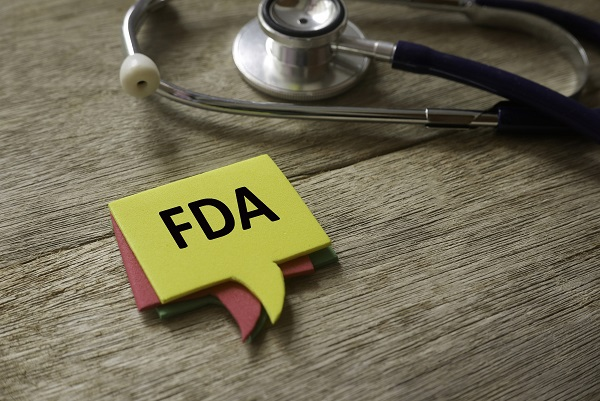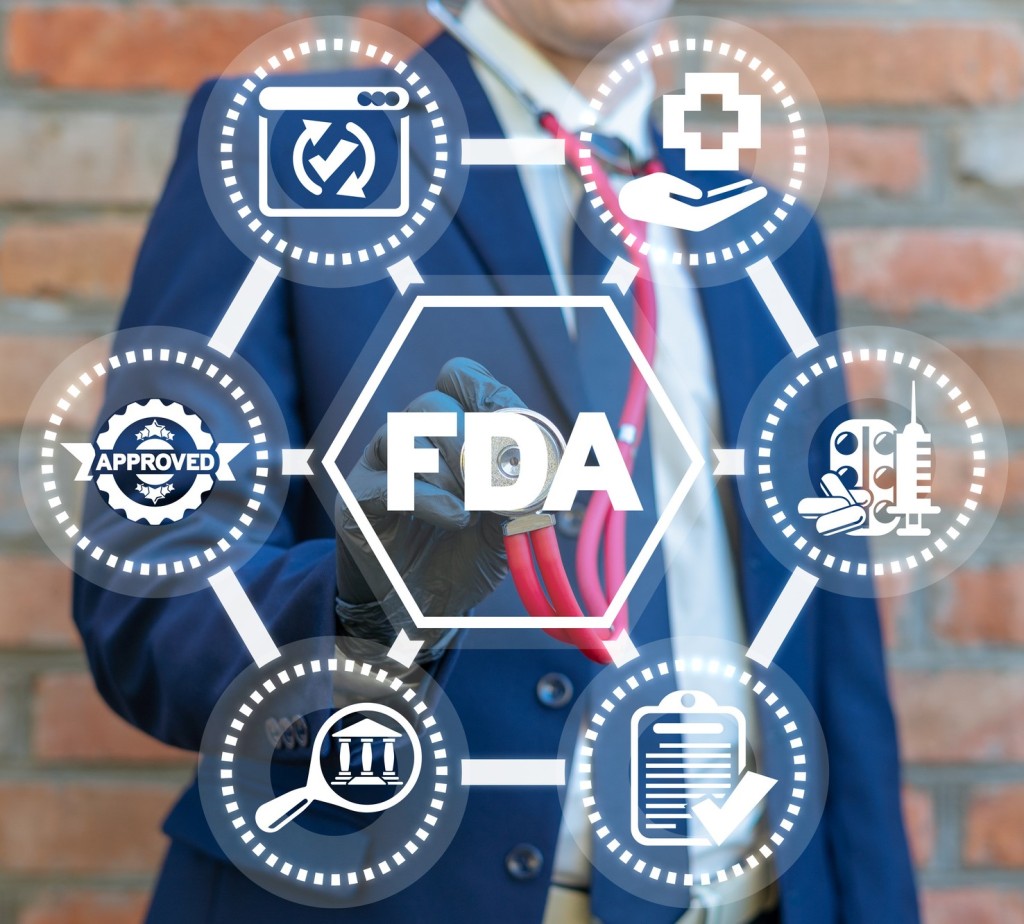The Food and Drug Administration (FDA) stands as a cornerstone institution in ensuring the safety and efficacy of medical products and food supplies in the United States. With its regulatory authority and oversight, the FDA plays a vital role in protecting public health and promoting innovation in healthcare and food industries.
History and Background of the FDA
Established in 1906 as the Pure Food and Drugs Act, the FDA has evolved over the years to become the regulatory body it is today. It was officially named the Food and Drug Administration in 1930. Since its inception, the FDA has undergone significant transformations and faced various challenges, shaping its role in safeguarding public health.

FDA’s Regulatory Functions
Drug Approval Process
One of the FDA’s primary responsibilities is to evaluate and approve drugs for safety and efficacy before they can be marketed and sold to consumers. This rigorous process involves extensive preclinical and clinical testing to ensure that drugs meet high standards of safety and effectiveness.
Food Safety Regulations
The FDA also regulates the safety of the nation’s food supply, overseeing the production, distribution, and labeling of food products. Through inspections, enforcement actions, and educational initiatives, the FDA works to prevent foodborne illnesses and ensure the quality and integrity of the food supply chain.
Medical Device Oversight
In addition to drugs and food, the FDA regulates medical devices, ranging from simple tools like thermometers to complex devices like pacemakers. The agency evaluates the safety and effectiveness of medical devices through premarket review processes and post-market surveillance to monitor for adverse events and ensure ongoing product quality.
FDA’s Impact on Public Health
The FDA’s regulatory efforts have had a profound impact on public health in the United States and beyond. By rigorously evaluating the safety and efficacy of medical products and food items, the FDA helps to protect consumers from harm and promote confidence in the products they use.
Ensuring Drug Safety and Efficacy
Through its rigorous review process, the FDA helps to ensure that drugs on the market are safe and effective for their intended use. This oversight is critical in preventing harmful side effects and adverse reactions, thereby safeguarding patient health.

Preventing Foodborne Illnesses
The FDA’s food safety regulations help to prevent foodborne illnesses by setting standards for food production, handling, and distribution. By conducting inspections and enforcing compliance with these standards, the FDA works to reduce the risk of foodborne pathogens and contaminants in the food supply.
Regulating Medical Devices for Safety and Effectiveness
The FDA’s oversight of medical devices ensures that these products meet high standards of safety and effectiveness. By evaluating device performance and monitoring for adverse events, the FDA helps to protect patients from potential risks associated with medical devices.
Challenges and Criticisms
Despite its critical role in safeguarding public health, the FDA faces various challenges and criticisms that impact its effectiveness and transparency.
Regulatory Delays
The FDA’s regulatory processes can be lengthy and complex, leading to delays in the approval of new drugs and medical devices. These delays can hinder patient access to innovative treatments and therapies, particularly for serious and life-threatening conditions.

Drug Approval Controversies
The FDA’s drug approval decisions are sometimes controversial, with debates over the balance between safety and efficacy. Critics argue that the FDA’s standards may be too stringent, delaying access to potentially life-saving medications, while others raise concerns about the approval of drugs with limited evidence of benefit.
Influence of Lobbying and Industry Interests
The FDA’s close ties to the pharmaceutical and food industries have raised concerns about conflicts of interest and undue influence on regulatory decisions. Critics argue that industry lobbying and financial contributions may compromise the FDA’s independence and objectivity in regulating products.
Future Outlook and Innovations
Despite these challenges, the FDA remains committed to its mission of protecting and promoting public health. Looking ahead, the agency is exploring new approaches and innovations to enhance its regulatory processes and address emerging health threats.
Advancements in Regulatory Science
The FDA is investing in regulatory science research to improve its ability to evaluate the safety and efficacy of medical products. By leveraging advances in fields like genomics, pharmacology, and data analytics, the FDA aims to streamline regulatory decision-making and enhance patient outcomes.
Incorporation of Artificial Intelligence
Artificial intelligence (AI) holds promise for revolutionizing healthcare and regulatory practices. The FDA is exploring the use of AI technologies to analyze large datasets, identify safety signals, and predict adverse events, enabling more proactive and data-driven regulatory oversight.
Addressing Emerging Health Threats
In an increasingly interconnected world, the FDA faces new challenges posed by emerging infectious diseases, foodborne pathogens, and other public health threats. The agency is working collaboratively with domestic and international partners to strengthen surveillance systems, enhance preparedness, and respond rapidly to emerging health crises.
Conclusion
In conclusion, the FDA plays a crucial role in safeguarding public health and promoting innovation in healthcare and food industries. Through its regulatory functions, the FDA helps to ensure the safety, efficacy, and quality of medical products and food items, protecting consumers from harm and fostering trust in the products they rely on.
FAQs
- What does FDA stand for?
- FDA stands for the Food and Drug Administration.
- How does the FDA regulate drugs?
- The FDA regulates drugs through a rigorous review process that evaluates their safety and efficacy before they can be marketed and sold to consumers.
- What role does the FDA play in food safety?
- The FDA oversees the safety of the nation’s food supply, setting standards for food production, handling, and distribution to prevent foodborne illnesses.
- What challenges does the FDA face?
- The FDA faces challenges such as regulatory delays, controversies over drug approvals, and concerns about industry influence on regulatory decisions.
- How is the FDA preparing for the future?
- The FDA is investing in advancements in regulatory science, incorporating artificial intelligence, and addressing emerging health threats to enhance its regulatory practices and protect public health.


Leave a comment